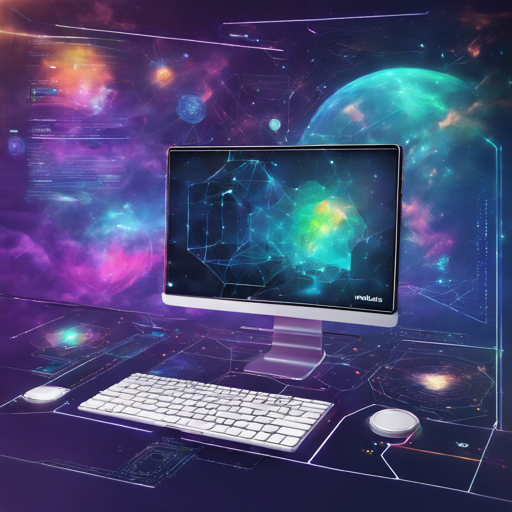Welcome to the exciting world of the Nebulas Blockchain Explorer! This Java web application lets you delve deep into and analyze the Nebulas blockchain, providing an intuitive interface driven by modern web technologies. In this post, we will take you through the steps to set it up, contribute to its development, troubleshoot potential issues, and get the most out of this amazing tool.
What is Nebulas Blockchain Explorer?
The Nebulas Blockchain Explorer is a web application that enables users to interactively explore the Nebulas blockchain. The frontend is crafted using Vue.js, a versatile framework known for building user interfaces, while the backend is powered by Spring. You can view the complete data by visiting Nebulas Explorer.

Design Overview
- Explorer Frontend: Utilizes Vue.js for a seamless presentation layer.
- Explorer Backend: Consists of REST APIs for data access and a data loader for transforming and storing blockchain data.
- Data Storage: Utilizes MySQL to manage and store loaded data.
- Nebulas Node: Makes Remote Procedure Calls (RPC) to Nebulas nodes to fetch blockchain data.
How to Contribute
Contributing to the Nebulas Explorer is straightforward! Here’s a quick guide to get you started:
1. Decide What to Do
If you’re just starting, look for issues tagged with help wanted or good first issue on the repository. Tackle a manageable task to start making your contributions clear and effective.
2. Git Workflow
- Step 1: Clone the Repository
Use the command below to clone the main repository:git clone https://github.com/nebulasio/explorer.git - Step 2: Make Some Changes
Create a new branch for your changes using appropriate prefixes such as hotfix for bug fixes or feature for new functionality. Don’t forget to commit your changes with a descriptive message! - Step 3: Get Your Changes Merged
Push your changes to the remote repository and create a pull request to merge your contributions.
Environment Setup
Follow these steps to set up the Nebulas Explorer locally on your machine.
Run the Explorer Frontend Locally
- Step 1: Install Node.js
Download the latest version of Node.js from here to execute npm commands. - Step 2: Build and Run
Execute the following commands: - Open your browser and navigate to http://localhost:8080 to view the application.
cd explorer/explorer-front
npm install
npm run devRun the Explorer Backend Locally
For the backend setup, you will need JDK 8, MySQL, and Redis:
- Step 1: Install JDK 8 from Oracle, MySQL from MySQL, and Redis from Redis.
- Step 2: Build and execute the backend:
cd explorer/explorer-back
source build-expl.sh
source start-expl.sh
source stop-expl.shTroubleshooting
If you run into trouble while setting up or using the Nebulas Explorer application, here are a few troubleshooting ideas:
- Ensure all dependencies are correctly installed, especially Node.js and Java SDK.
- Check your network connection to ensure you can reach the API endpoints.
- Review your console logs for any errors and trace back to the source.
For more insights, updates, or to collaborate on AI development projects, stay connected with fxis.ai.
Conclusion
By following these steps, you can successfully set up and contribute to the Nebulas Blockchain Explorer, enhancing your skills and contributing to a valuable tool in the blockchain community. At fxis.ai, we believe that such advancements are crucial for the future of AI, as they enable more comprehensive and effective solutions. Our team is continually exploring new methodologies to push the envelope in artificial intelligence, ensuring that our clients benefit from the latest technological innovations.

